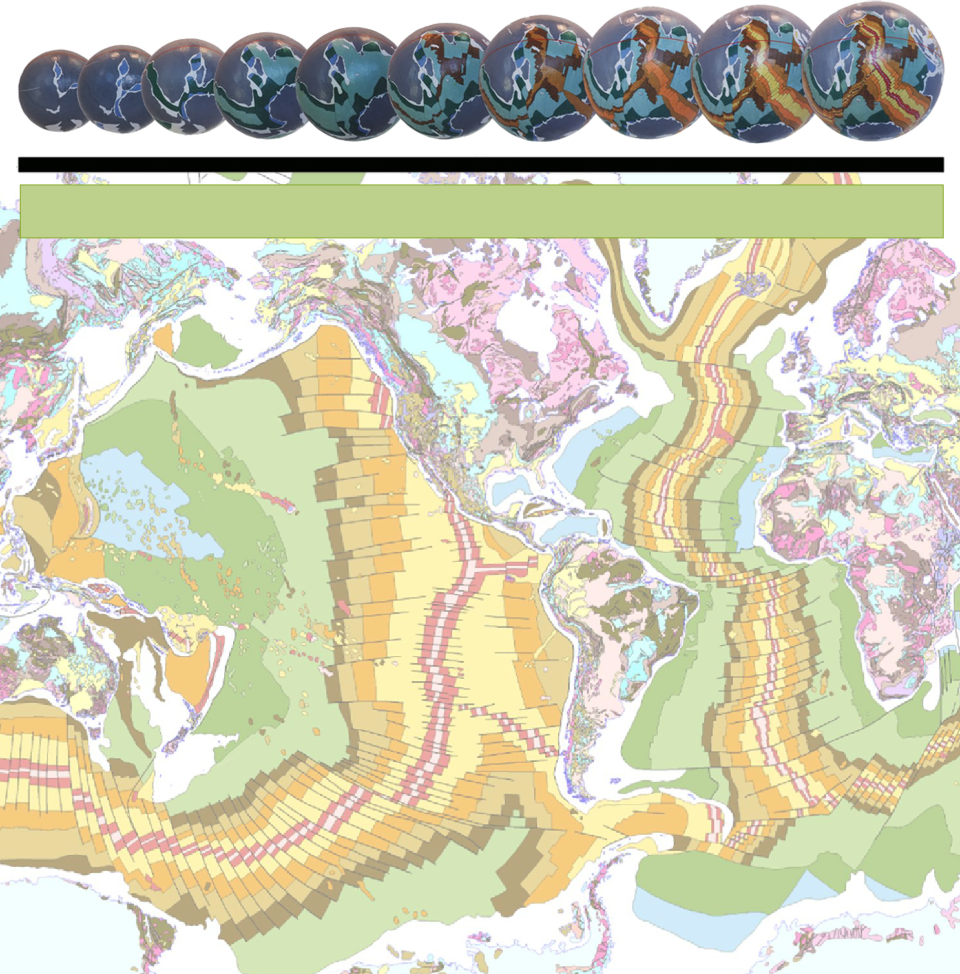

MODERN OCEANS AND SEAS
The following discourse on the development of the modern oceans and seas, as well as the modern continents and ancient supercontinents, is an extract from part one of my new book: “On the Origin of Continents and Oceans”. Part two of this book takes this small Earth modelling study further by progressively introducing an extensive array of modern geological, geophysical, geographical, and biogeographical evidence to the small Earth models. In all cases it is shown that this evidence substantiates and is far better suited to an Expansion Tectonic Earth model.
On an Expansion Tectonic Earth, prior to about 250 million years ago there were no modern oceans, only ancient continental seas. Continental seas are bodies of seawater covering low-
This breakup then initiated draining the waters of the ancient continental seas into the newly opening modern oceans as well as expulsion of new water and atmospheric gases along the newly established mid-
On an Expansion Tectonic Earth conventional Panthalassa, Tethys, and Iapetus Oceans cannot be reconciled in their entirety. Instead, these same ancient oceans initially formed a network of much smaller continental seas covering low-
The modern oceans initially opened within ruptured areas of continental crust where the Pangaean supercontinental crust had failed to keep pace with changes to the Earth surface area and surface curvature. These rupture zones then progressively opened and rapidly extended in surface area throughout the later Mesozoic and Cenozoic Eras.
On each small Earth model, opening of the modern oceans during the late-
Shoreline geography shown on Archaean to present-
Opening of the modern oceans was accompanied by marked variations in sea-
